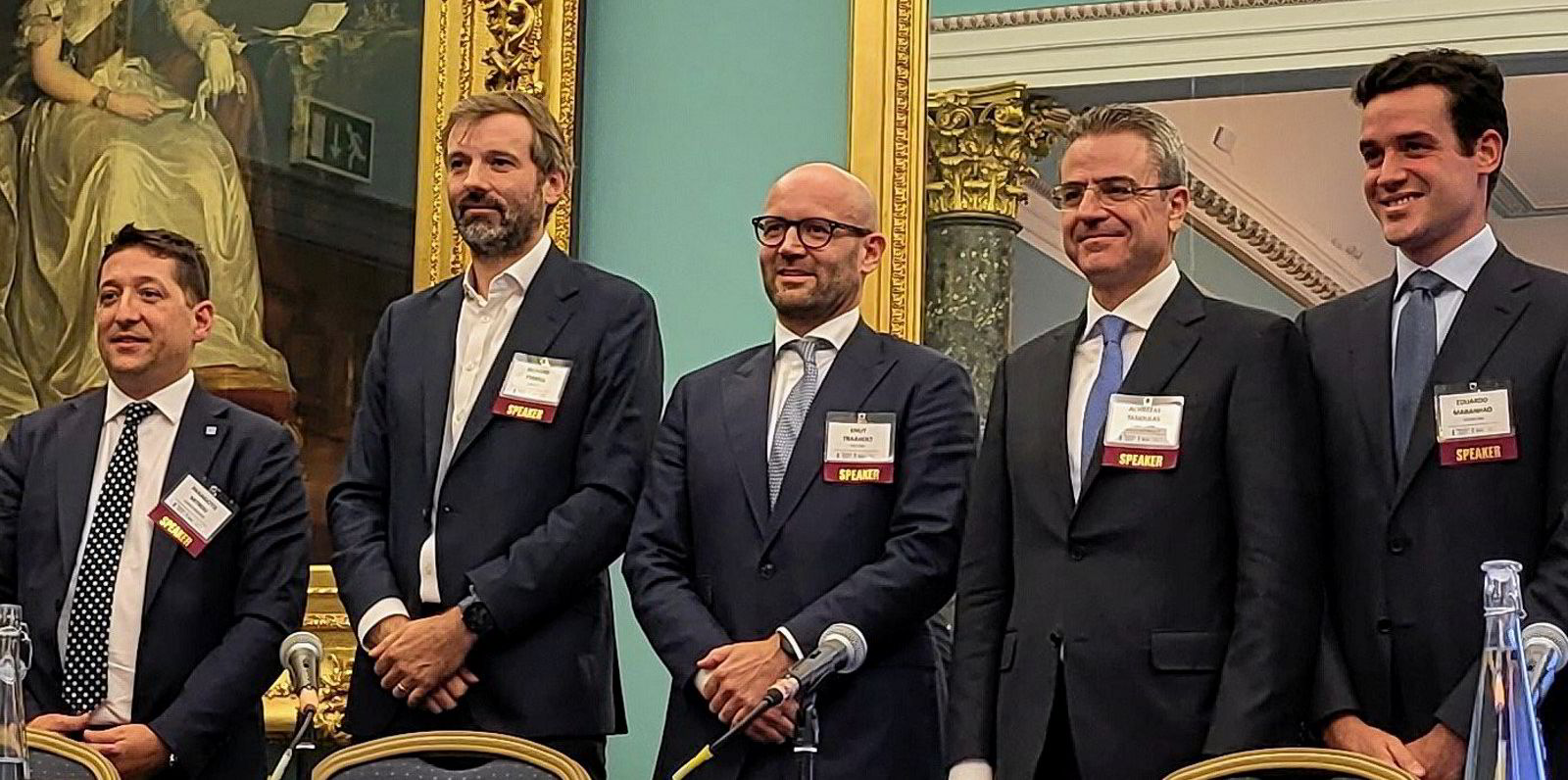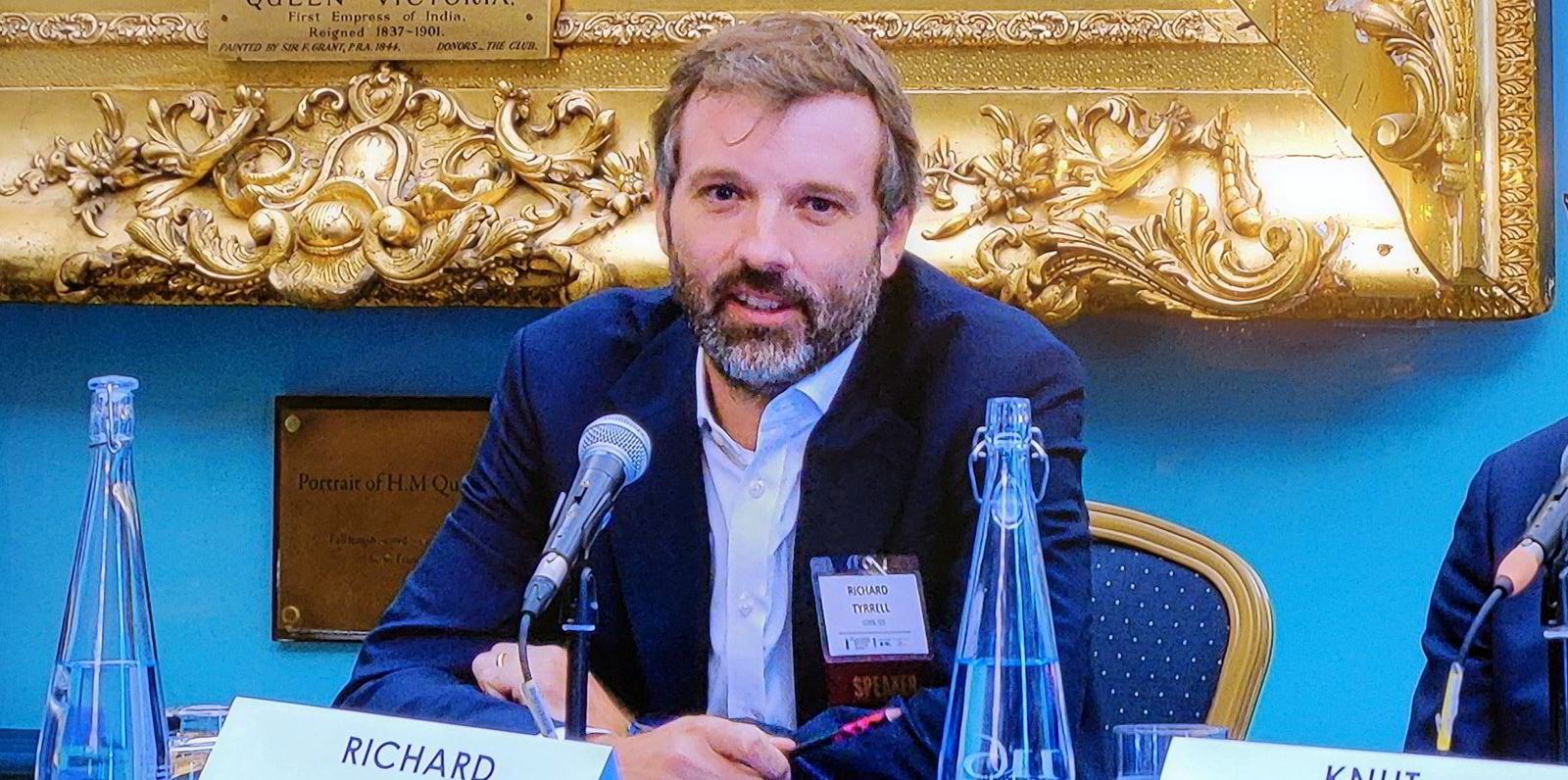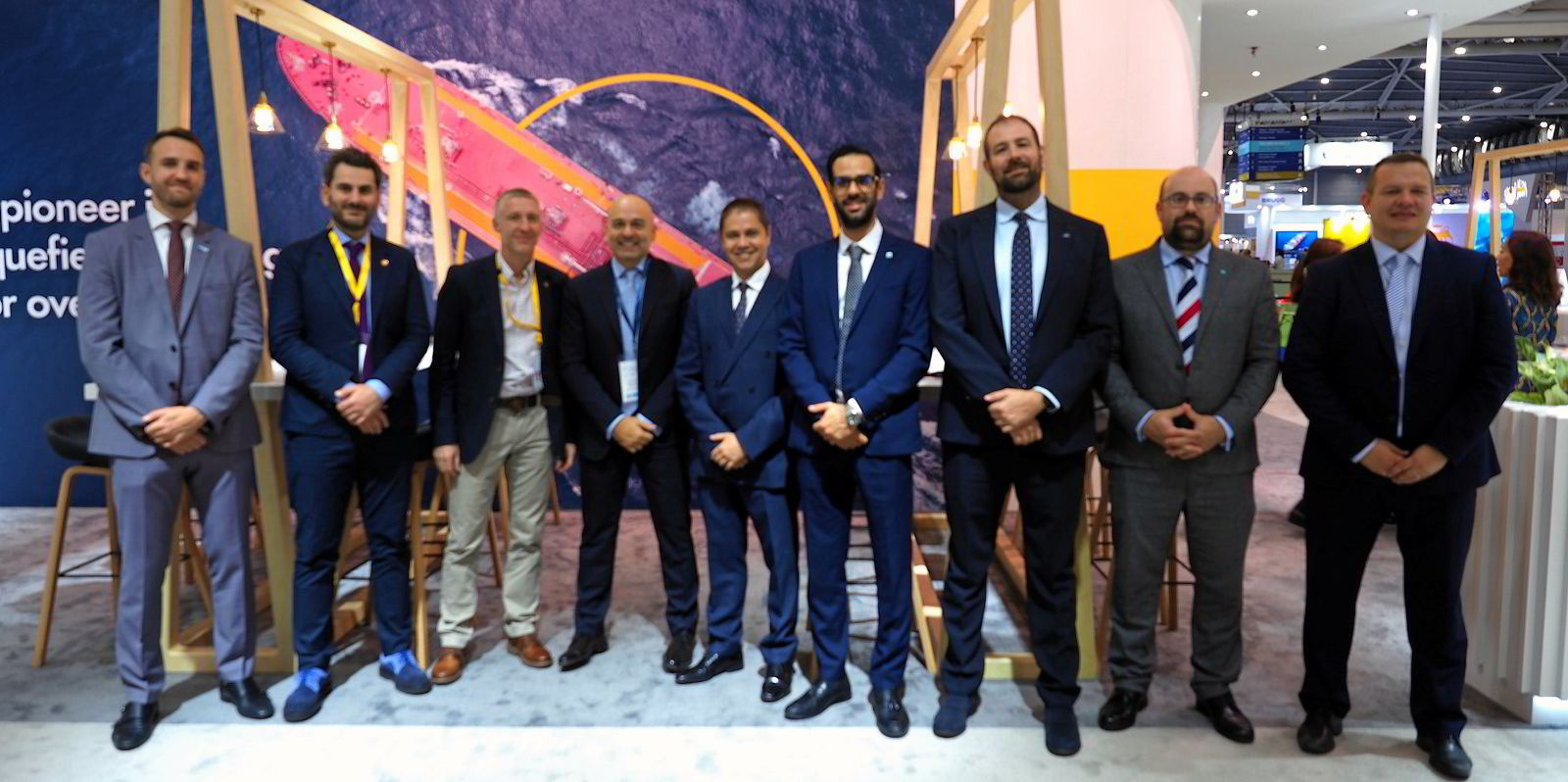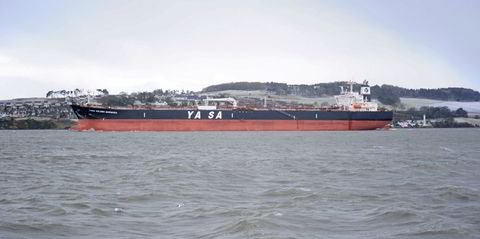A perceived growth in the long-term demand for LNG is fuelling the continued interest in LNG carrier newbuildings that will deliver in about five years’ time but shipowners said contracting at today’s high prices will require six-figure rates and long-term contracts.
Speaking at the Capital Link conference held during London International Shipping week, Cool Co chief executive Richard Tyrrell said he believes there are people who got squeezed after ordering and fixing out LNG carrier newbuildings only to find the cost of financing rising and reducing their margins.
“Maybe some of those are not going to come back for more,” he said.
Tyrrell highlighted that while LNG carrier designs have not been substantially changing, newbuilding prices are rising, which in turn is increasing charter rates and giving owners some confidence to order.
“Would I order a ship today?” he asked rhetorically. “Maybe not but it is mainly because of the terms and the time that we would have to wait.
“Would I order a ship in 2026 for a 2028 delivery? Absolutely. It is clear there is going to be a demand for LNG and that would be a nice time to have some newbuilds.”
When answering questions put to panellists by moderator Panos Mitrou — the global gas segment director at Lloyd’s Register — Flex LNG chief financial officer Knut Traaholt said a newbuilding order today is priced at about $265m and with accumulated interest the book value is around $280m.
These vessels will require a minimum 10-year contract — Traaholt said it probably should be higher — and at a rate above $100,000 per day.
“That gives a decent return, not a fantastic return, and it comes with some residual value risk,” he said.
Traaholt said financing is widely available, albeit at slightly too steep repayment profiles compared to the life of the vessel.
“The only challenge now is the high interest rates,” he said.
GasLog chief financial officer Achilleas Tasioulas said: “There is definitely liquidity available,” adding that he is surprised at how much — although it comes at a cost.
Really skinny
But Tasioulas described the returns that owners can make out of their newbuilding investments as “really skinny” today, which means that shipowners are going to take more risk.
Golar LNG chief financial officer Eduardo Maranhao said that for both LNG carriers and floating LNG production units, there is a continuing increase in appetite from Asian lenders — particularly Chinese financiers — to provide long-term financing for projects as they see LNG as an important tool in the energy transition.

Looking ahead, Maranhao said there is still a very “delicate balance” on LNG supply, with buyers concerned about where they can source additional supply.
“We are in a very tight market,” he said.
Tyrrell said market players are “very much on edge”, citing the strikes at liquefaction plants in Australia, concerns around the Panama Canal and gas storage filling up in Europe.
Tasioulas said LNG is the fuel that saved Europe in 2022. He added that LNG players are taking the long view this year, and that they want to secure the asset that has created a strong market for term business — and this is helping the industry plan its investments.
“This is a big change,” he said.





